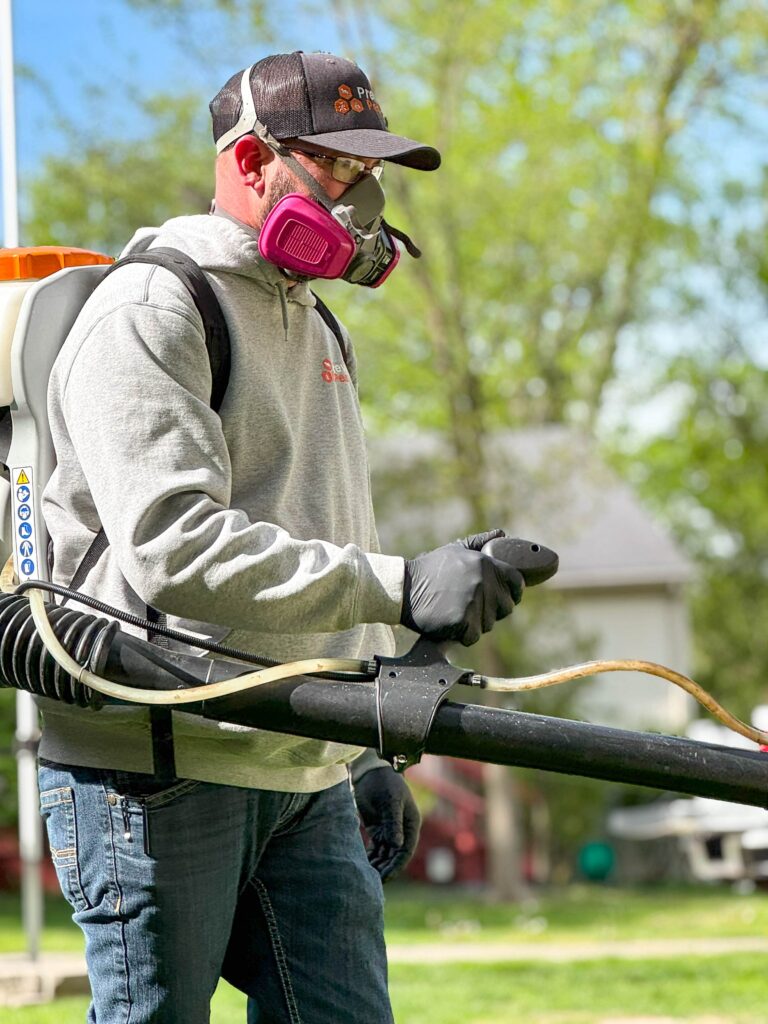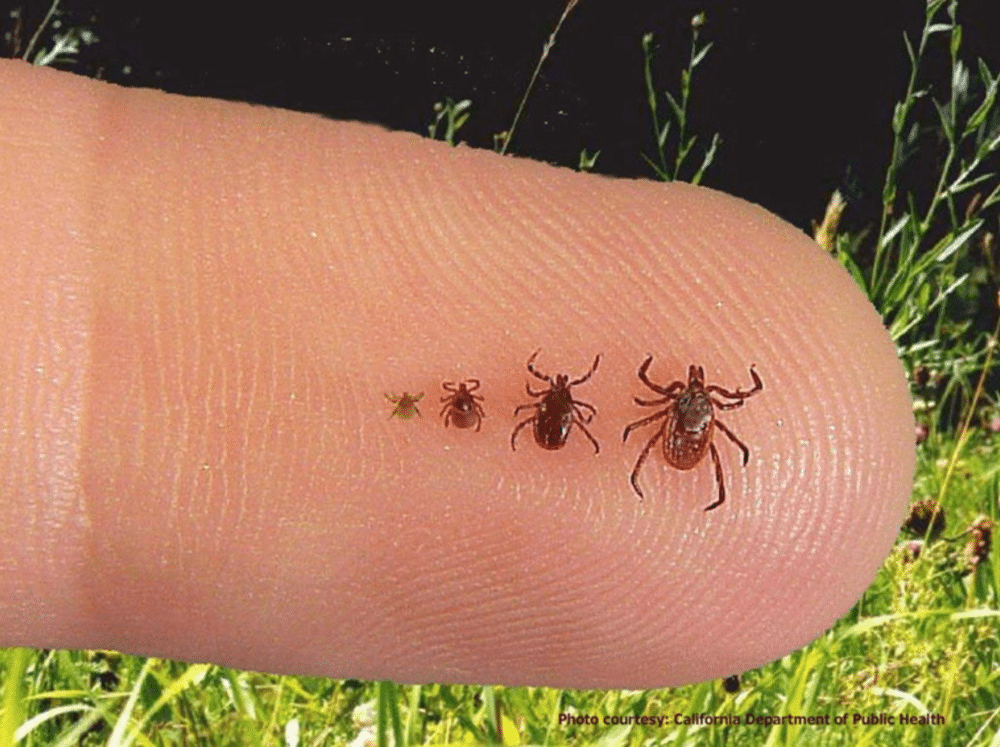Ticks are a growing concern across Michigan, especially during spring and summer when outdoor activity increases. While most people know to watch out for ticks in tall grass or wooded areas, these pests are far more adaptable than they seem. They can thrive in residential yards, pet zones, and even in places you’d never expect, bringing serious health risks to both people and animals.
This guide explores unexpected tick habitats around Michigan homes and offers science-based tick prevention tips to help keep your space safer year-round.

Where Ticks Are Hiding (and You’re Probably Not Looking)
It’s a common misconception that ticks only live deep in the forest. In reality, many tick species adapt well to human environments. They can be found right in your yard, nestled into surprisingly ordinary places:
- Leaf piles and compost: These provide warmth, moisture, and protection from predators. Even small leaf collections can harbor active ticks.
- Stone walls and fences: Cracks and shaded crevices in hardscaping elements can shelter ticks between host visits.
- Dog houses and pet bedding: Pets who go outdoors may bring ticks back with them, creating an infestation site close to human contact.
- Bird feeders and woodpiles: Wildlife drawn to these areas often carry ticks, which then drop off and wait for their next host nearby.
- Overgrown ornamental grasses or flower beds: These provide perfect ground-level shelter where ticks can attach to passing humans or pets.
While these spaces may not seem like high-risk zones, they offer the right temperature, moisture, and proximity to hosts that ticks need to survive and breed. That’s why prevention efforts should extend beyond the obvious trails and into the corners of your own backyard.
Simple Changes That Can Reduce Tick Risk
Keeping ticks out of your yard doesn’t require a complete overhaul, but it does take attention to detail and consistent upkeep. Here are practical steps that help discourage tick activity:
- Keep grass cut short and remove weeds or tall brush along property lines
- Create a barrier of gravel or mulch between lawns and wooded edges
- Stack firewood neatly in a dry, sunny area, and away from home entrances
- Secure trash bins to avoid attracting wildlife that may bring ticks with them
- Move play equipment and patios away from dense vegetation
These adjustments may seem minor, but they remove critical habitat elements that ticks rely on. Over time, they can significantly reduce the tick population around your property.
What to Do After Time Outdoors
Even when your yard is well-managed, ticks can still find their way to you during outdoor activities. That’s why personal protection remains a key part of tick prevention. After spending time outside, especially in shaded or wooded areas, make sure to:
- Check your clothing, skin, and hair for ticks before going indoors
- Inspect pets and children carefully, especially behind ears, under arms, and around waistbands
- Shower soon after returning home to wash off any unattached ticks
- Wash outdoor clothing in hot water and tumble dry on high heat
- Use tick repellents with EPA-approved ingredients like DEET or picaridin
For more on tick bite safety and what to watch for, refer to this expert article on everything about tick bites.
Signs You May Have a Tick Problem
Ticks are stealthy pests. Because they do not infest homes in the same way as ants or fleas, a problem can go unnoticed for weeks or months. But there are subtle signs that suggest ticks may be more than a one-time nuisance:
- Frequent tick sightings on pets or family members after time outdoors
- Unexplained skin rashes or flu-like symptoms that follow outdoor activity
- Tick activity near shaded foundations, pet shelters, or wooded property borders
- Reports of ticks in your neighborhood or community dog parks
If any of these conditions are present, the risk to your household is real and ongoing. Ticks can transmit serious diseases, including Lyme disease and Rocky Mountain spotted fever, and they don’t need large numbers to pose a threat. One infected tick is all it takes.
In such cases, relying solely on home remedies or store-bought repellents is not enough. Tick populations often persist in overlooked microenvironments that require expert identification and targeted treatment. For deeper insight into health threats from ticks, this guide on the dangers ticks pose provides helpful background for families in Michigan.
Why Professional Support is Sometimes the Smartest Step
Ticks are different from many common pests because their life cycles are long, their habitats can be scattered, and their detection is incredibly difficult. When prevention efforts fall short or bites continue despite precautions, it’s time to consider professional evaluation.
Trained technicians have the tools and experience to:
- Identify high-risk areas across your landscape
- Apply low-impact, pet-safe treatments that eliminate active ticks
- Offer guidance on long-term yard maintenance and seasonal timing
- Reduce the risk of disease transmission through proactive surveillance
Addressing ticks early, especially in Michigan’s active seasons, helps protect your home and your peace of mind without resorting to guesswork.
Ready for a Tick-Free Season?
The best way to stop ticks is to know where they hide and who to call when they don’t go away. For reliable protection and expert guidance, contact Prevent Pests to make your home and yard safer this season and beyond.

